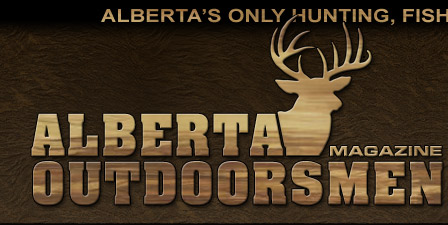|
 |
Bait is something that trappers always keep top of mind. Whether it’s gathering road kill, collecting hunter-killed big game, or duck and goose carcasses and scraps, or even trapping a few beavers, bait is a necessity if you want to have any success as a trapper. Without bait in your marten and fisher boxes, you’re traps are most likely going to be empty. And there is no such thing as a “bait station” if you have no bait.
 |
| Making beaver balls |
Okay, so now you’ve gathered your bait and are about to start baiting your marten and fisher boxes. If you run your boxes on horizontal poles, it’s a simple task of just throwing some bait in the back of the box, setting your trap, and proceeding to your next set. But the game changes when you have boxes set in the vertical position... how do you keep your bait from falling out of the box? Trying to hang it so it stays in the box can sometimes be a difficult and time-consuming task.
Trappers are some of the most ingenious folks I know and they never cease to amaze me with the things they invent, so I’m sure that the problem of hanging bait in a vertical box has been figured out in many different ways. However, today I’m going to tell you what I do to keep my bait hung in a vertical box with a very simple and quick system... I make beaver balls!
The first item you need, of course, is a beaver. Beaver meat is laden in fat, has an aroma even when frozen (it actually doesn’t even freeze solid because of its fat content), and is arguably the best bait you can use for catching marten and fisher.
Once you have your beaver carcass, it’s a simple task to just cut off the meat and fat and make little balls—each ball should be bigger in size than a golf ball. Remember, your lure attracts, your bait is what seals the deal, so don’t make the balls too small—bigger is better.
 |
| Beef netting is perfect for holding bait. |
Next you need some beef netting—you know the stuff, it’s quite often on a beef or ham roast that needs to be cut off prior to consuming the roast. I purchase mine from CTR Refrigeration and their High Caliber Products line (https://highcaliberproducts.com/
product-category/hunting-supplies/netting-stockinette/). A 50-yard roll is about $35.00, but it goes a long ways. I run about 50 to 60 boxes and a roll will last me a couple of seasons. Cut it into pieces about five or six-inches long. Use a small zip tie to close off one end, leaving the other end open so you can stuff the beaver ball inside. The open end can remain open after the beaver ball is inserted. Now it’s a simple matter of freezing the balls prior to loading them on your quad or snowmobile.
 |
| A collection of ready-to-hang-beaver balls. |
Prior to the start of each trapping season, I visit each of my set locations to make sure everything is intact. While I’m there, I hang a closed trap. I also have a length of tie wire about a foot long that is secured above the box but hanging down inside the box through one of the box vent holes—this end has a hook bend in it.
 |
 |
| A beaver ball hung in a vertical marten box. |
Once trapping season opens and it’s time to start hanging bait and setting traps, it’s a simple matter of just arriving at your box, hanging a beaver ball off the hook bend of your wire, and setting your trap... done, and off to the next set. ■
For previous Outdoor Pursuits click here.
|
|
|
|


